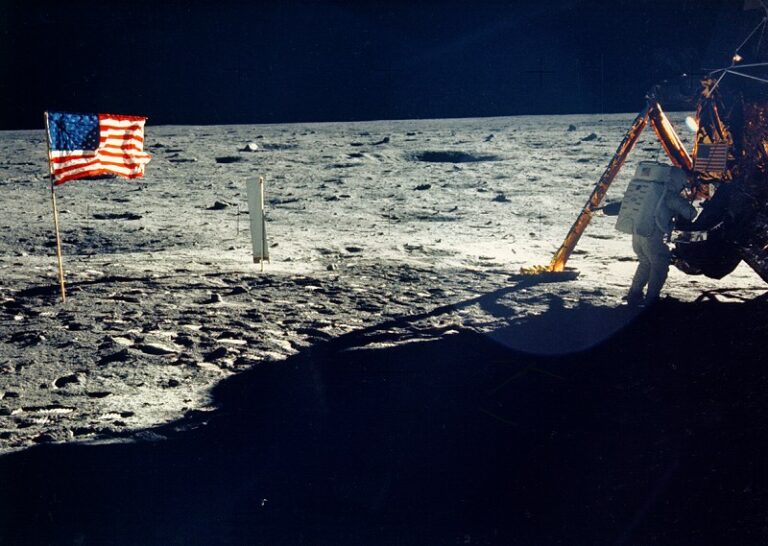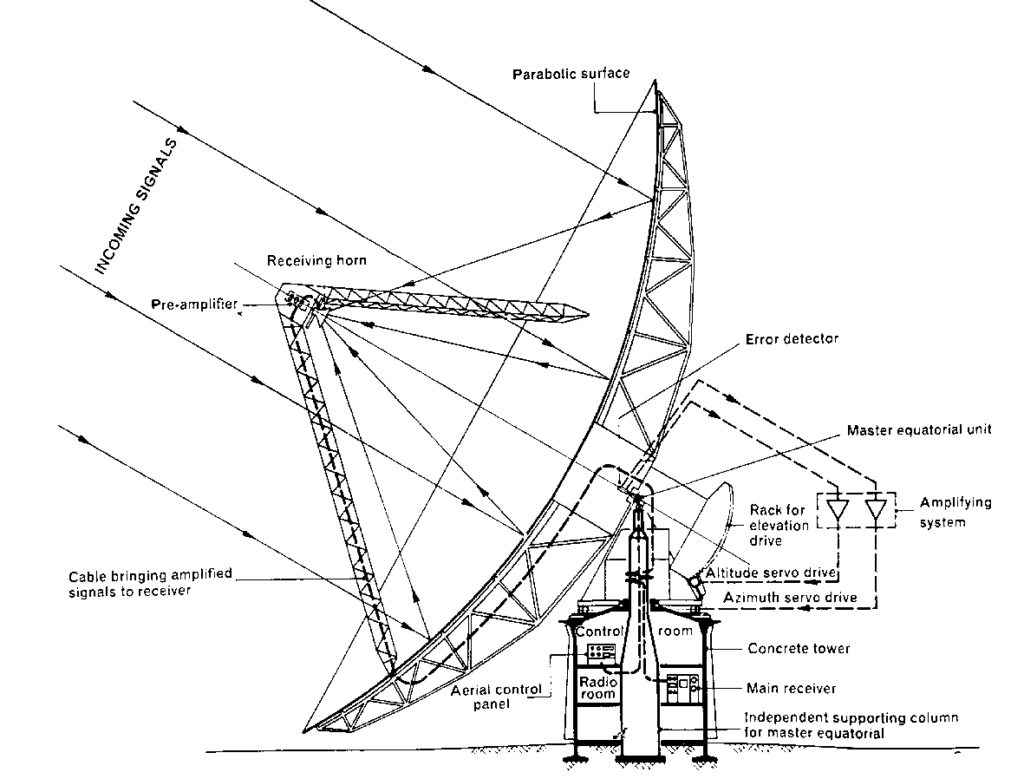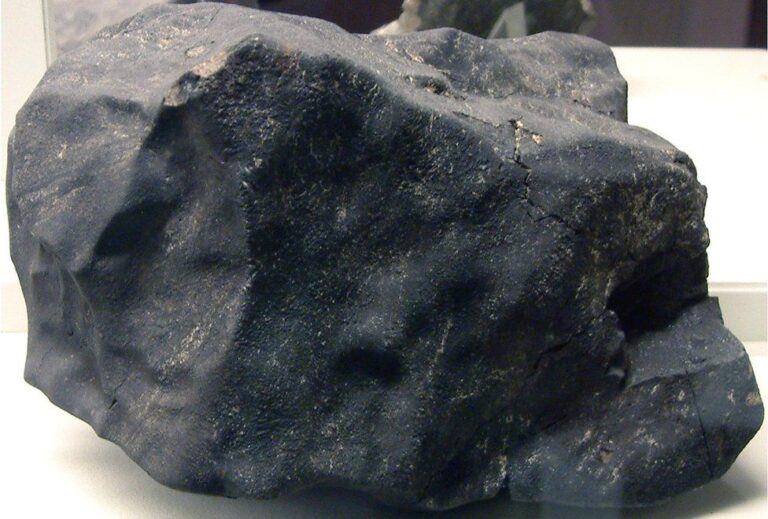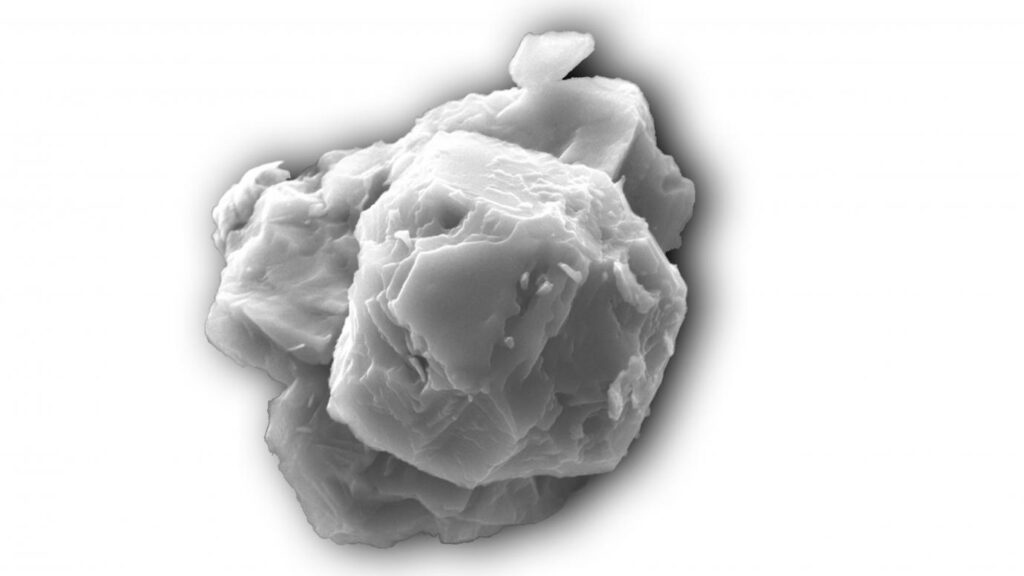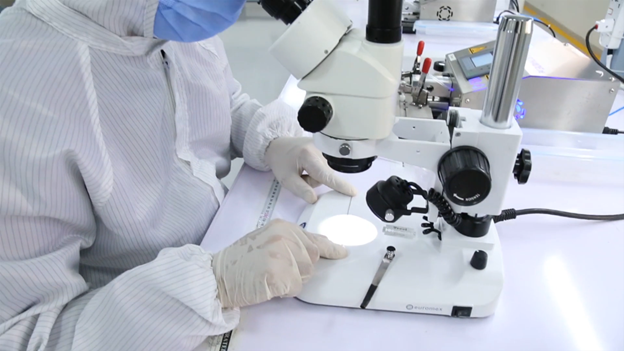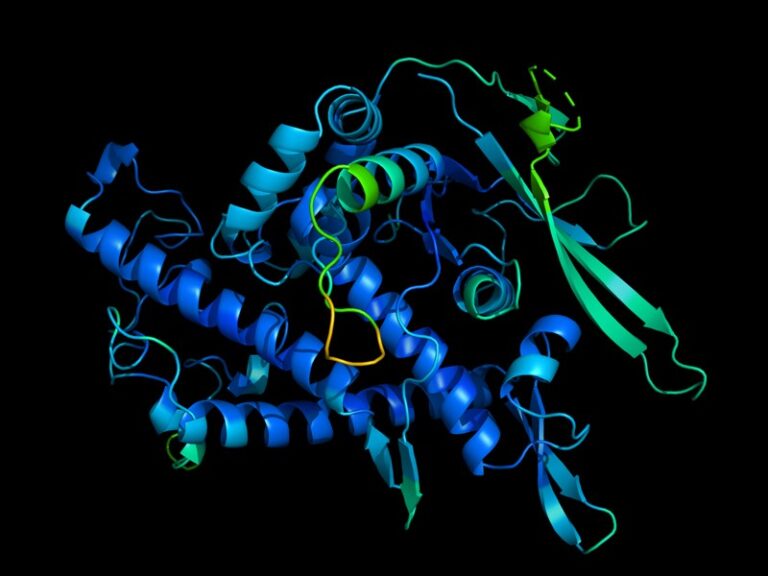Humans enjoy eating. But the eating patterns of everyone differs. Someone might eat food low in cholesterol if they have a family history of having high cholesterol levels. Similarly, someone at risk of getting diabetes will try to avoid food rich in glucose. A person might have dinner at 7 pm while another will miss dinner and end up binge eating at midnight at their favorite Netflix show because they do that every day.
My sister got braces two years ago. She has appointments every month or two to change the wire. After every meeting with her dentist, she finds it difficult to eat even moderately hard food, which is why she goes on a diet of rice and lentils for a week until she can eat something else again. A dish she used to like a lot has now become a necessity. On her last appointment, she was given an elastic ring to wear over her braces. Even though she has begun to eat properly, she has to take off the ring every time she eats anything. In response, she has started avoiding eating anything other than proper meals.
Eating is one of the most pleasurable activities for a human. It helps them feel energized, satiated and lets them enjoy a variety of different flavors. But have you ever thought about why we eat? Or what reason is there that we like certain foods but dislike others? Let us take a moment to ponder on some of the theories.
Why do we eat?
The most sensible answer to why do we eat seems to be quite simple. It’s because we are hungry. Then again, why do we feel hungry?
Our bodies undertake many important functions, and one of them is homeostasis: the mechanism required to keep a constant internal state to survive. The primary source of energy for our bodies is glucose. As per requirements and intake, glucose level fluctuates in the body. The hypothalamus detects these fluctuations in the brain, which leads to a corrective mechanism being activated – in this case, the production of either insulin or glucagon hormones. These hormones help get the glucose level in the correct range.
In line with this, glucose set-point theory proposed that humans eat when their glucose levels are low and stop eating when the glucose level falls in the range. An interesting study was conducted on dogs. One of the dogs was fed, and then its blood was transfused in a hungry dog so that the latter’s glucose level rose. The hungry dog did not show signs of hunger after receiving the blood transfusion. However, in criticism of this theory, it was pointed out that blood glucose level remains fairly stable and does not change in extremes in everyday life.

Cannon and Washburn (1912) proposed a theory that it is the stomach contractions that lead to the feeling of hunger. To test it, Washburn swallowed a balloon and had it inflated in his stomach. Whenever his stomach contracted, it would push against the balloon, and Washburn would feel the sensation, thus recording his stomach contractions. He would also record whenever he felt hungry. Cannon and Washburn concluded that there is a correlation between stomach contractions and the feeling of hunger. Nevertheless, it was later found out that rats and even humans had their stomachs removed and still retained the feeling of being hungry.
When we eat
One of the reasons we eat when we eat is due to our learning. From a young age, humans are taught that there are three times a day when they should have a meal – breakfast, lunch, and dinner. It depends on one’s environment and routine when they have these meals.
An organism learns through different types of conditioning. In classical conditioning, some cues are not associated with a particular behavior but, the introduction can learn their association of a cue already associated with that behavior.
Ivan Pavlov, a Russian physiologist, tested classical conditioning in dogs. The ringing of a bell does not cause a dog to salivate. However, if the bell ringing is accompanied by food, the dog will salivate, originally on the sight of food. As the dog learns that the ringing of the bell and food is associated, it will start to salivate merely on the bell’s ringing, even without food insight. Think about it, have you ever felt the need to eat something when you are not hungry?
What we eat
The other form of conditioning is called operant conditioning: task brings about a positive or negative reinforcement, which helps an individual learn what to do and avoid.
If you see a molding bread, you are much more likely to avoid eating it. The avoidance of such food is learned for the benefit of the organism. Similarly, food that tastes sweet is preferred over food that tastes bitter. It is likely because the bitter taste is associated with poison. Hence, it is a learned behavior to avoid food that might be poisonous.
Under classical conditioning, we also learn to avoid some kinds of food. Suppose that you just ate a strawberry, and almost instantly, you start to feel sick. Even though you have had strawberries before, you believe that it was due to this fruit that you became ill and learned to avoid strawberries in the future as a mode of survival.
The third factor affecting what we eat comes from our social learning. Our culture plays a significant role in the choices of food. Each country has its own way of cooking. Eastern countries make use of many spices while western countries prefer to use only a few. These choices are ingrained for a long. Also, we may prefer to eat different foods at different times. When out with friends, we are more likely to eat what everyone agrees on. It also depends on where a person is and what kind of food is easily accessible.
Lastly, food choices might be innate; thrill-seeking is an innate behavior. High thrill-seekers prefer more exotic and spicy food than low thrill-seekers. It shows that personality may affect what a person eats.

How much we eat
Has it ever happened that you take a small portion of food on a large plate and end up still feeling hungry? Or when you use a small plate and feel sated?
This is the Delboeuf illusion.
With the same portion in two different sized plates, the empty area surrounded the food gives the illusion of having more food on the small plate or less food on the large plate. This perception leads to thinking they are eating more from the small plate even though the portion sizes are the same. The more we think, the more fulfilled we feel.
Another interesting example is the bottomless bowls experiment. Wansink, Painter, and North (2005) used an apparatus that would pump soup into half of the participants’ bowls. The other half participants manually filled their bowls with soup. The participants who ate from the ‘bottomless bowl’ consumed a much larger amount than those who ate from simple bowls. Yet, they did not report feeling any more satiated than the control participants and did not believe they had eaten more. This experiment shows how visual illusions can be confusing and lead to excessive consumption.
Our expectations
Did you know that we can sense the flavor of something by looking at it?
Morrot, Brochet, and Dubourdieu (2001) presented participants with two types of wine. Participants tasted the wines and reported on what flavor they thought the wine was. It turned out that the white wine was associated with flavors such as lemon and honey, and the red was associated with flavors such as prune and chocolate. Participants’ previous expectations based on the color influenced their perception of flavor. In reality, both the wines were the same, with a bit of coloring added. Later studies also found out that this effect was greater in wine experts since they are accustomed to tasting wine, and their association of flavor with coloring is greater.
Even though eating may seem like a simple activity, the psychology behind eating is not so simple. It still undergoes the debate of whether it is an innate activity or learning. What is clear, however, is that our brain can play tricks on us. When we eat, what we eat, and how much we eat all may depend on our perceptions of our surroundings.
References:
- Cannon, W., & Washburn, A. (1912). AN EXPLANATION OF HUNGER. American Journal Of Physiology-Legacy Content, 29(5), 441-454. https://doi.org/10.1152/ajplegacy.1912.29.5.441
- Morrot, G., Brochet, F., & Dubourdieu, D. (2001). The Color of Odors. Brain And Language, 79(2), 309-320. https://doi.org/10.1006/brln.2001.2493
- Wansink, B., Painter, J., & North, J. (2005). Bottomless Bowls: Why Visual Cues of Portion Size May Influence Intake**. Obesity Research, 13(1), 93-100. https://doi.org/10.1038/oby.2005.12
Also, Read Ketogenic Diet; don’t blame the butter for what the bread did










